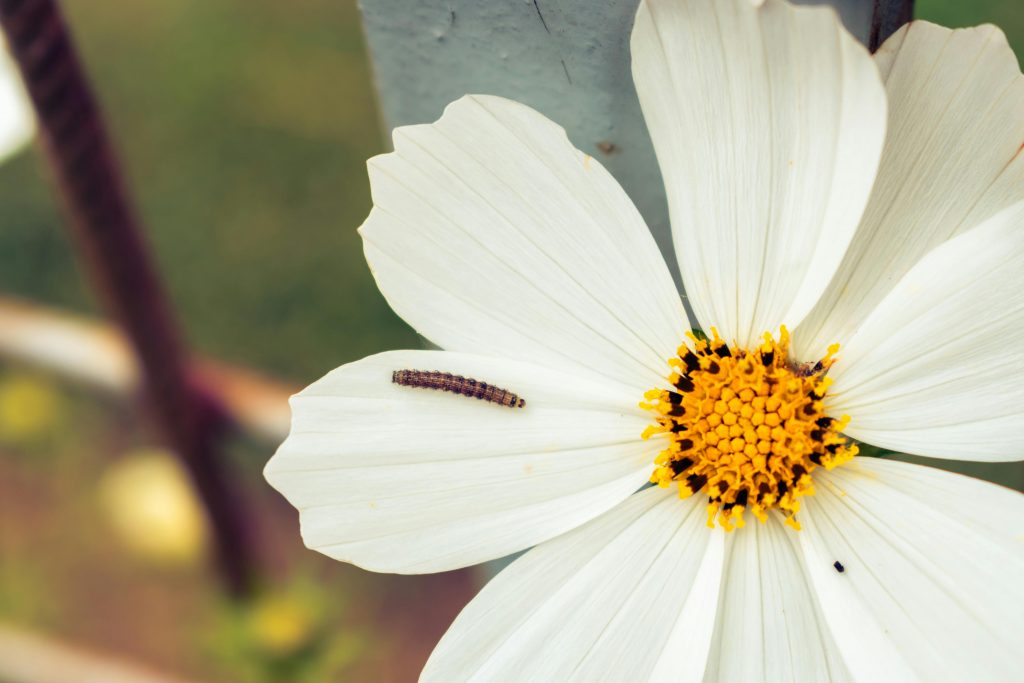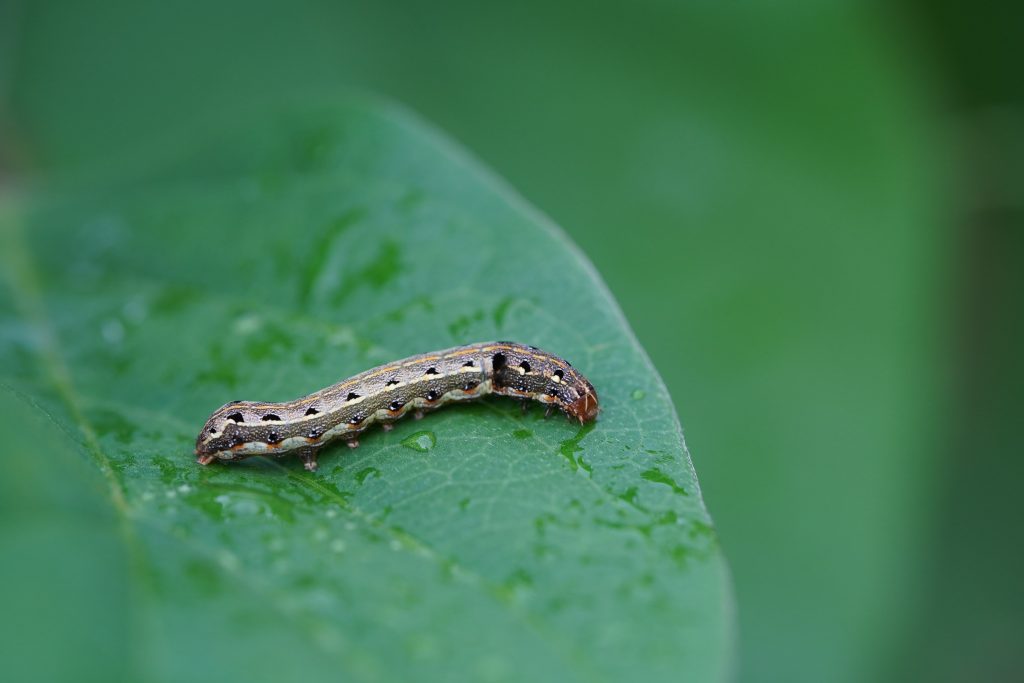How to Get Rid of Fall Armyworms
Fall armyworms are most commonly known as a troublesome agricultural pest, but did you know they can cause serious problems for your turfgrass? With a relatively quick life cycle, multiple fall armyworm generations can wreak havoc on your lawn if left untreated. Prevent widespread damage and preserve your lawn’s beauty with our armyworm management tips.
What Are Armyworms?
Armyworms are a type of caterpillar known to cause tremendous damage to crops, grasses and other vegetation. There are several species of armyworm, with the most common being the true armyworm (Mythimna unipuncta) and the fall armyworm (Spodoptera frugiperda). The name “armyworm” comes from their habit of feeding in large groups, similar to an army’s movement.
What Is the Difference Between an Armyworm and a Fall Armyworm?

Fall armyworms differ from other armyworms in several key ways:
- Behavioral Differences: Out of any type of armyworm, fall armyworms are the most migratory and active in warmer temperatures. As adults, they are strong fliers capable of covering long distances.
- Geographical Distribution: Though native to tropical and subtropical regions of the Americas, their adaptability and migration habits have enabled them to spread across the U.S., particularly in southern states. In warmer seasons, they can migrate as far north as Canada.
- Impact on Crops: Fall armyworms are especially destructive to crops—including corn, rice, sorghum and cotton—making them a severe pest in many agricultural areas.
How to Identify Fall Armyworms
Fall armyworms have key identification features like the inverted “Y” marking on their heads, and the four distinct spots on the second to last segment of their bodies. As larvae, fall armyworms eat away at leaf material in most cool and warm-season turfgrasses, especially Tall Fescue or lawns with fresh sod. As the armyworms feed on your lawn, damage may appear to radiate outward from one or two locations.
What Are the Signs of a Fall Armyworm Infestation?

Watch for these signs that fall armyworms are overrunning your lawn:
- Dead or Brown Grass: While these symptoms can indicate lawn disease, fall armyworms also leave behind chewed leaf blades covered with silky webbing.
- Increased Bird and Wasp Activity: Birds, wasps and other predators may swarm your lawn as they feed on fall armyworm larvae.
- Rapid Spread of Damage: Fall armyworms are highly destructive and move in large groups. Your lawn might look healthy one day and be severely damaged the next.
How To Test Your Lawn For Fall Armyworms
If you suspect fall armyworms are in your lawn, fill a bucket with soapy water and pour it on your green grass (including the edges where green grass meets brown grass.) Avoid pouring it on completely brown grass, as the fall armyworms may have already consumed this and moved on. This test should bring any fall armyworms to the surface, but you’ll need to take further steps to remove them and any other exposed insects.
How to Get Rid of Fall Armyworms
The best way to deal with fall armyworms is outright prevention. Regular lawn inspections and early detection help stop infestations before they cause significant damage. If an infestation does occur, there are effective methods for managing and eliminating fall armyworms.
Fall Armyworm Insecticides
There are two main types of insecticides for fall armyworm control:
- Selective Insecticides: These products specifically target fall armyworms with minimal impact on beneficial insects that support lawn health.
- Non-Selective Insecticides: These broad-spectrum products control multiple pests, including fall armyworms, but can also harm other insects.
Fall Armyworm Natural Remedies
If you’d like to go an alternative route, there are some solutions (though they may prove less effective):
- Neem Oil: This can disrupt fall armyworm growth, feeding and reproduction cycles while also repelling them.
- Beneficial Nematodes: These microscopic organisms can invade and kill fall armyworm larvae from within by releasing bacteria.
- Natural Predators: Birds and wasps can help control fall armyworm populations, though relying on them alone may not be sufficient.
Treating Fall Armyworms Effectively
Fall armyworms can wreak havoc on your lawn in as little as 24 hours, so you must address fall armyworm larvae as soon as possible.
Why Choose Professional Assistance for Fall Armyworm Infestations?
Tackling a fall armyworm infestation on your own can be overwhelming. Professional assistance* offers several advantages for effectively managing these pests:
- Expertise and Experience: Trained professionals bring specialized knowledge and experience, applying targeted treatments that are more effective than DIY methods. Their comprehensive approach ensures your yard is fully safeguarded.
- Access to Advanced Solutions: Professionals use advanced pest control products and techniques that are not always available to the public, providing a more thorough and lasting solution.
- Time and Labor Savings: Handling a large infestation yourself can be time-consuming and frustrating. Professionals save you the hassle by efficiently managing the problem, freeing up your time and reducing the risk of ongoing issues.
Take Back Your Lawn with Barefoot Lawn Care
If your lawn is suffering from a fall armyworm infestation, contact the experts at Barefoot Lawn Care to schedule your free lawn analysis today!
*Please Note: As of August 22, 2024, Barefoot Lawn Care has moved to a waitlist for new customer fall armyworm treatments. Given the severe damage fall armyworms can cause, we strongly recommend taking immediate action if you suspect an infestation. We’ve updated this blog in response to the recent surge in fall armyworms in our region following Tropical Storm Debby.